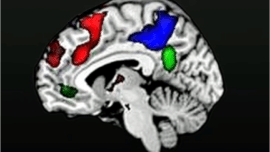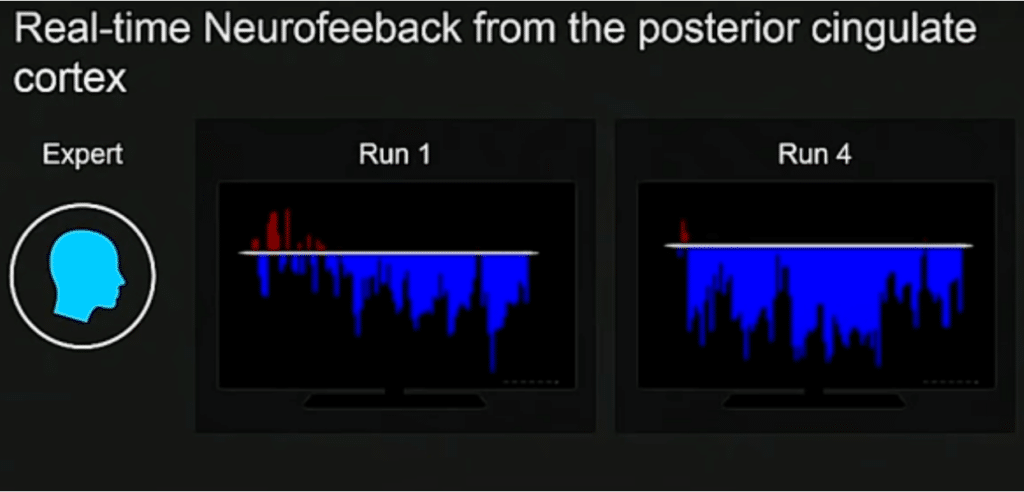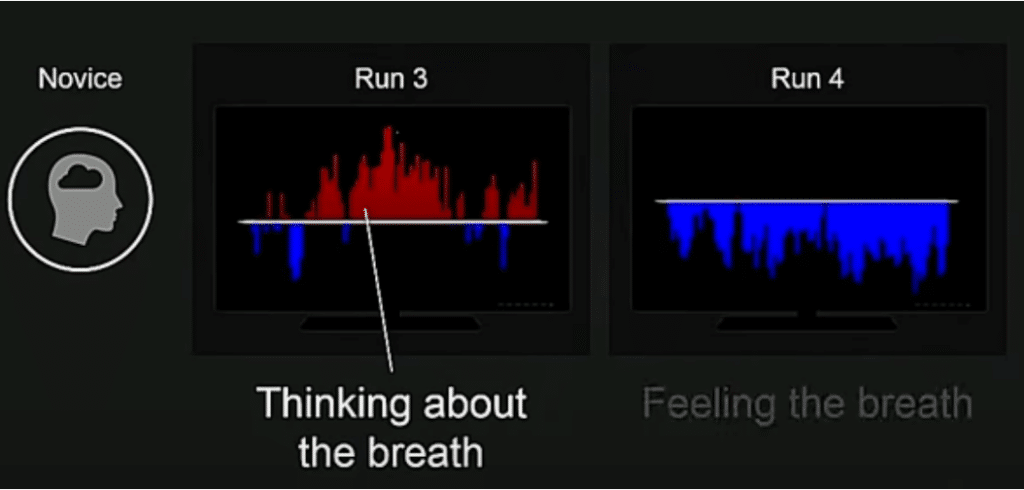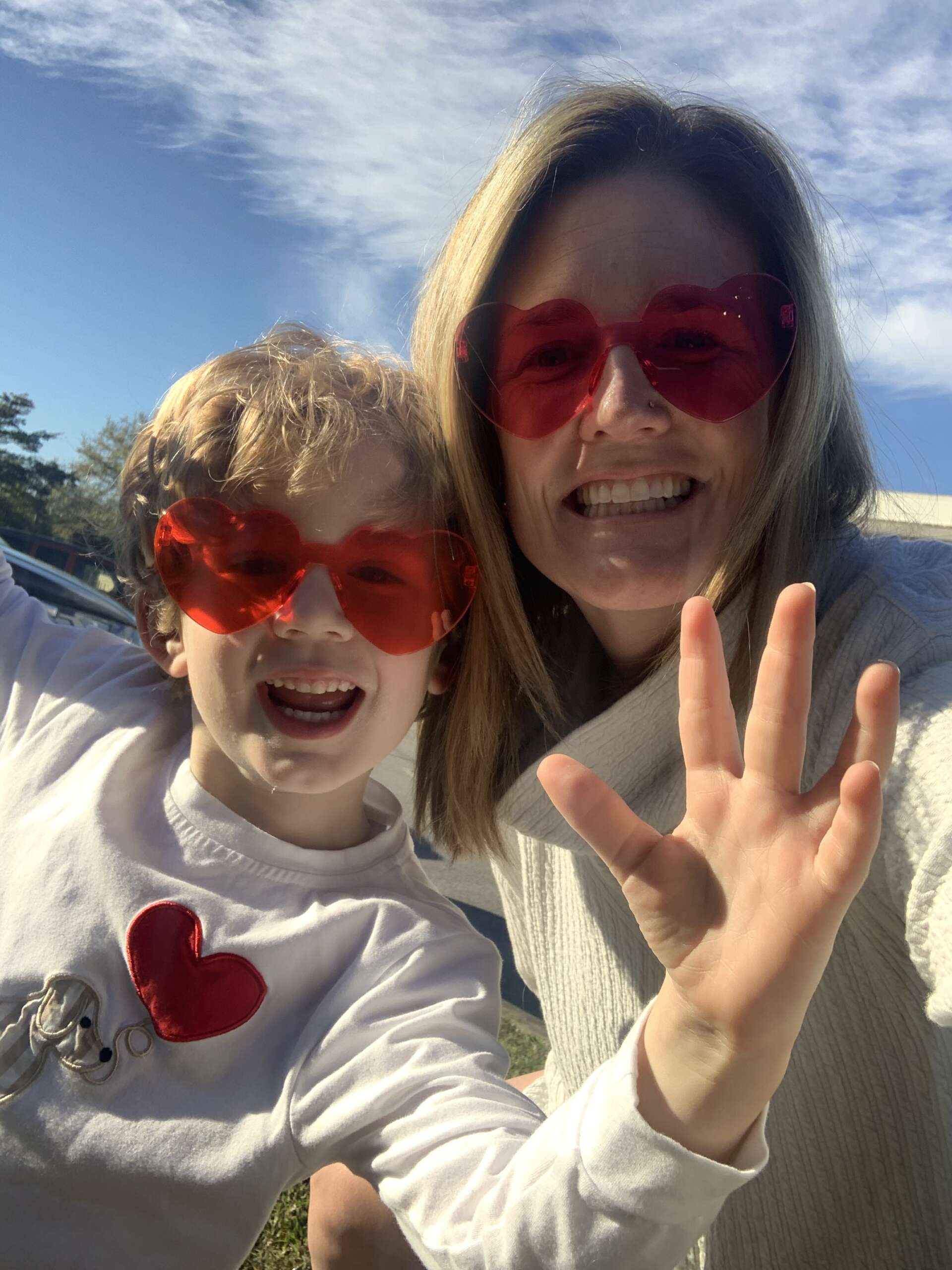When I experience overwhelm, I feel desperate for space and solitude – the top of the mountain, the ocean, or in a forest. It’s like my body knows that physical space is the only way I can breathe again.
Yet, it’s paradoxical how, during times of overwhelm, my response is to tighten up and constrict. Instead of seeking the necessary space, I bury myself in lists, optimizing every minute, and saying yes to more than I can handle. Despite needing serotonin, I dismiss the activities I enjoy. Despite needing to be at my best, I sideline my well-being.
Emotionally, I tend to control, physically, my movements decrease, and mentally, I harbor resentment.
If you’ve followed me for a second, you’ve probably noticed I haven’t created in a while. I’ve been in on-and-off moments of overwhelm. Between work exploding, significant family moments, and the general day-to-day of navigating the whole being a working mom thing, I’ve felt a little destabilized lately.
Writing and creating takes a lot of time, and it’s also a space where I find the most joy. I could read research and connect dots all day, every day. And when longer bouts of overwhelm hit, I deprioritized it because it didn’t feel URGENT.
And that sucks.
I want to share some research that I found about why this happens so easily. It was this research that pulled me out of a routine that deprioritized the things that I loved.
The Paradox of Overwhelm: Enter the PCC
I stumbled upon the work of Dr. Judson Brewer, the director of research and innovation at the Mindfulness Center at Brown University. He is a psychiatrist and behavior scientist who specializes in addiction.
I had a lightbulb moment when I read his work that specifically looked at the posterior cingulate cortex (PCC). The PCC is part of the brain’s default mode network. The default mode network is aptly named. It is active when we are not really living in the moment we are in – we are on autopilot, letting our brains run wild.
A study from Harvard psychologists Matthew A. Killingsworth and Daniel T. Gilbert found that this is the case nearly 50% of the time! We get caught up in thinking about what isn’t actually going on – whether that is worrying about the future or focusing on the past.
The default mode network looks like this all lit up:

The area that REALLY turns up is the PCC – that little green area in the image.
Enter the Overwhelm:
When I am overwhelmed, I can guaran-damn-tee you that I immediately enter into this cycle of rumination:
- Beating myself up over not using my downtime from the past several weeks more productively.
- Worrying about what deadlines I’m going to miss and who I am going to disappoint.
No part of me is living in the now. It’s straight anxiety and rumination. P.S…If you want to learn more about self-talk, check this out.
Overwhelm Leads to Contraction
Dr. Brewer’s work saw that when the PCC is lit up, which can come with experiences like anxiety, guilt, craving, or rumination – all of these – share an experiential component of contraction. We feel closed.
So to inform his work on addiction in particular, he set out to understand the best way to turn the volume of that activated PCC down.
What is the thing?
I wish for my benefit that I could tell you it was a pill, or some exercise, or a list of very productive-feeling things.
But it’s not.
It’s, once again, meditation.
Meditation Deactivates the Brain Area Keeping Us in Overwhelm
These brain regions get ridiculously quiet in meditators. You can see this in f-MRI images from his study below.
The red represents when the PCC is activated. The blue represents when it is turned down. The top image is a novice meditating. The bottom is of an expert meditating. WILD.


Cultivate Your Inner Wyoming
The contraction happens. It’s not bad or wrong. It’s science. Your brain does something because it is stimulated to do that thing. But just because it happens doesn’t mean we can’t choose what to do next.
In her book Real Life, Sharon Salzberg retells a story about renowned mindfulness teacher Joseph Goldstein responding to a young man desperate to move to Wyoming chasing the feeling of being unconfined and free. Goldstein tells the man, “There’s an inner Wyoming, too, you know.”
I often find myself in a tug-of-war between feelings of obligation and self-neglect, the pull of responsibility, and the desire for personal freedom. I am learning again…and again…and again to work towards creating my inner Wyoming, my space of abundance and expansion, my spaciousness.
Some specifics on what I try to remember:
- Our spaciousness lies not in the external world (i.e., the actual ocean or mountaintop) but in our ability to say no, to respect our boundaries, to prioritize our health, and carve time out for what we need. To recognize our worth and act accordingly. Knowledge is power, and understanding the PCC’s influence can empower us to take a step back when we sense the needle on our capacity meter is moving toward the red zone. It gives us the chance to reassess, take deep breaths, and find space within the chaos.
- When I feel activated, though my mind tells me to fit more in, make more lists, control more things, the best thing I can do is stop, close my eyes, breathe, and feel my body.
The key for me is feeling my body. Not THINKING about feeling my body. Actually feeling it.
Check out this image from the same study referenced above. When the novice saw the chart from the third meditation session, they were convinced it was wrong because he was thinking about his breath. But that’s just it. Rather than thinking, feel. Only 9 minutes later, they could turn down the PCC by feeling the breath rather than thinking about it.

I have to remind myself that I am not running out of space; I have the ability to constantly create it. While Dr. Brewer’s work found meditation is a proven conduit, I’m sure there isn’t one path to our inner Wyoming but a lifetime of discoveries of what can take us there. Let’s not lose sight amidst the clamor and chaos of expectations that you already embody the freedom you want.



